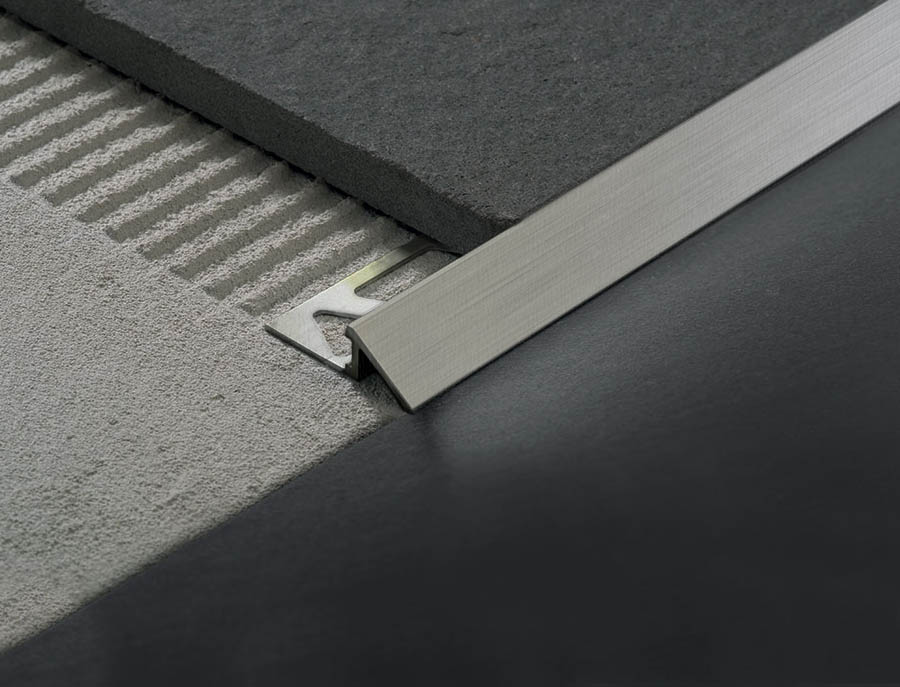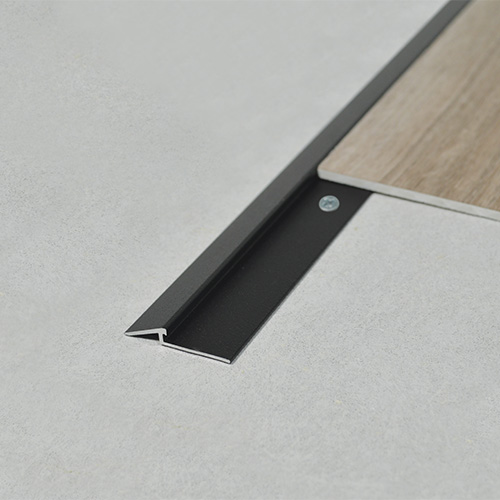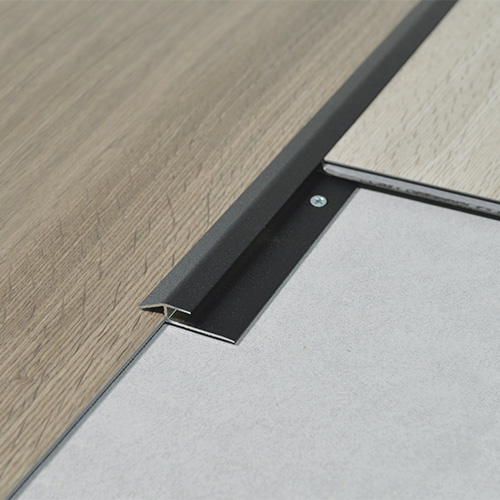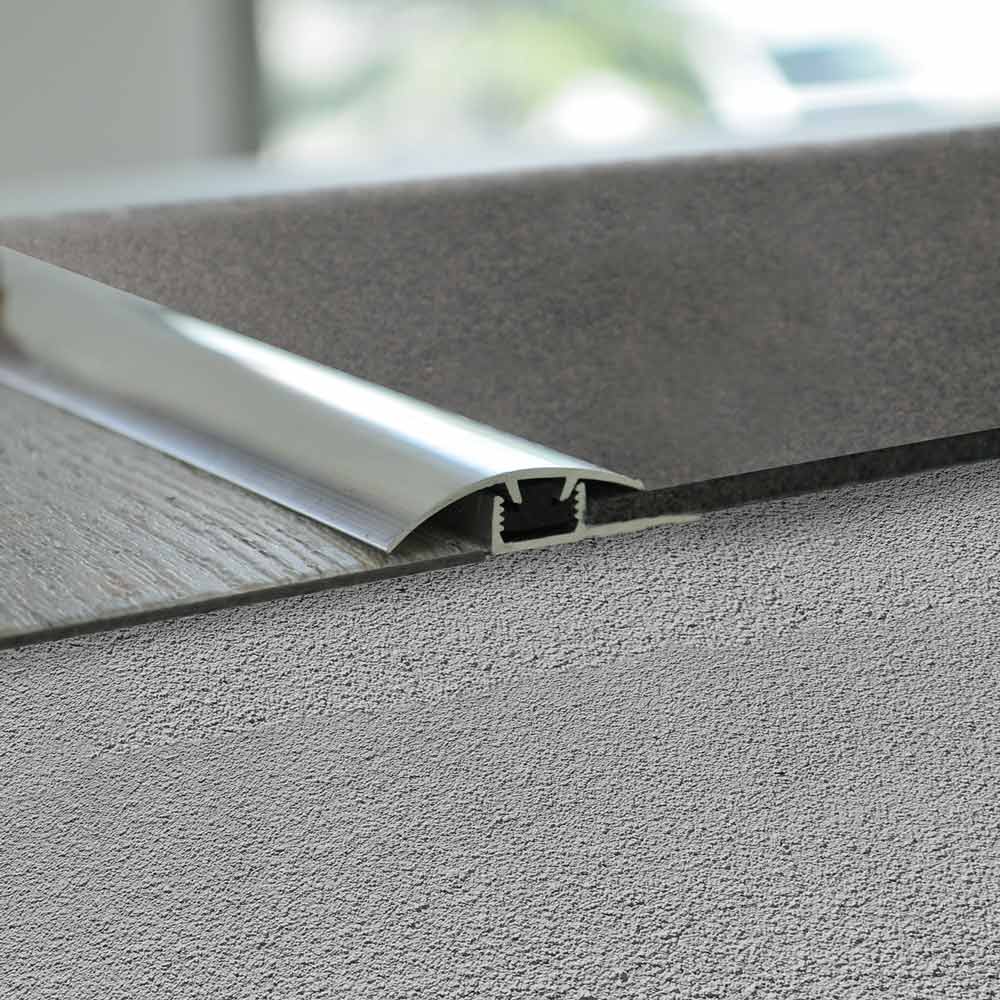Profiles for floors at different levels

No products found, try again by changing the filters

zerotec ZLT
ZEROTEC ZLT

zerotec ZLT25
ZEROTEC ZLT25

zerotec ZR
ZEROTEC ZR

multiclipLVT CLF 320
MULTICLIPLVT CLF Transition trims for LVT floors with different heights
In residential projects or industrial and commercial areas, due to wall and floor coverings of different thicknesses, floors can often have different heights during the floor installation phase. In addition, different floor heights may occur when a new floor is glued on top of an existing floor to reduce costs and installation time. In this way, "steps" are created which, although minimal in thickness, are dangerous to pedestrian passage and may lead to tripping. The combination of two surfaces with contrasting characteristics, such as parquet and ceramic, perfectly represent this kind of situation. However, the problem can be easily solved: just apply a transition profile for floors of different heights. The wide range available, with a variety of shades, materials and functions, adapts to all design settings. Let's look at an example: Roundjolly RJ (link), with its soft and rounded section, is best suited for modern and minimalist environments, while also protecting tile edges from impact. Zerotec ZR (link) takes on a more technical and squared section which creates a small ramp to reconcile the two surfaces, ideal for industrial and traditional styles. These are only a few of the transition profiles available in numerous finishes and colors.
During the construction process, profiles are applied to reconcile level differences between floors. However, it is not always possible to foresee the gap between floor types. In some cases, the gap actually appears when installation is complete, or even during a renovation. In such cases, post-installation profiles must be used. Contrary to common thought, these profiles carry out the exact same function as those installed during installation. Screws, adhesive strips or glue are used to fasten the profiles, guaranteeing high reliability during application. As with all other profiles, aesthetics are of utmost importance, and the line is available in a large variety of colors and finishes to match all needs and designs.